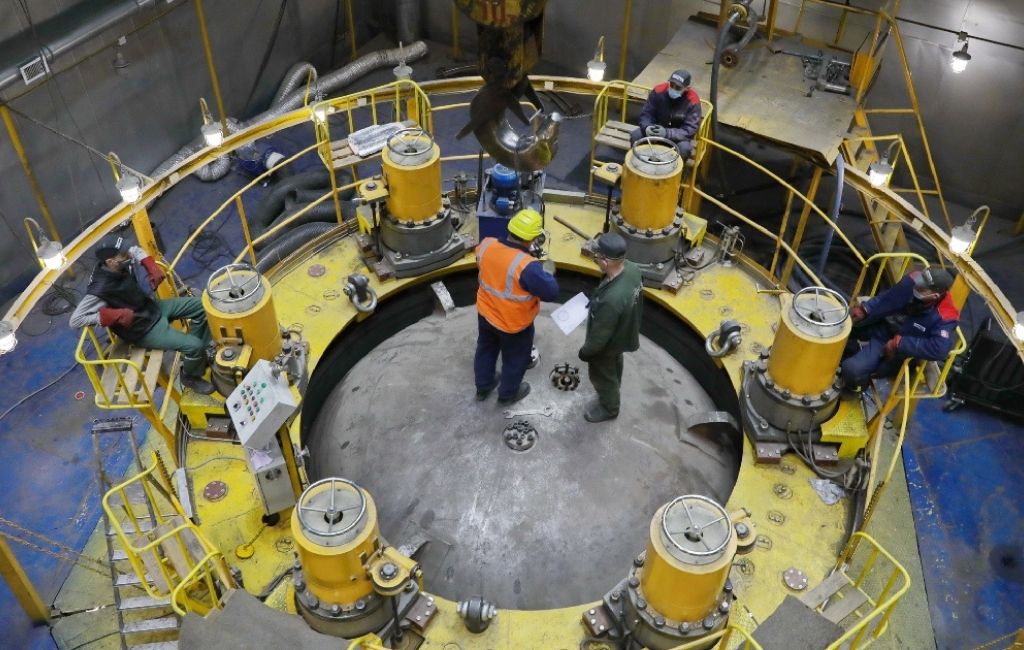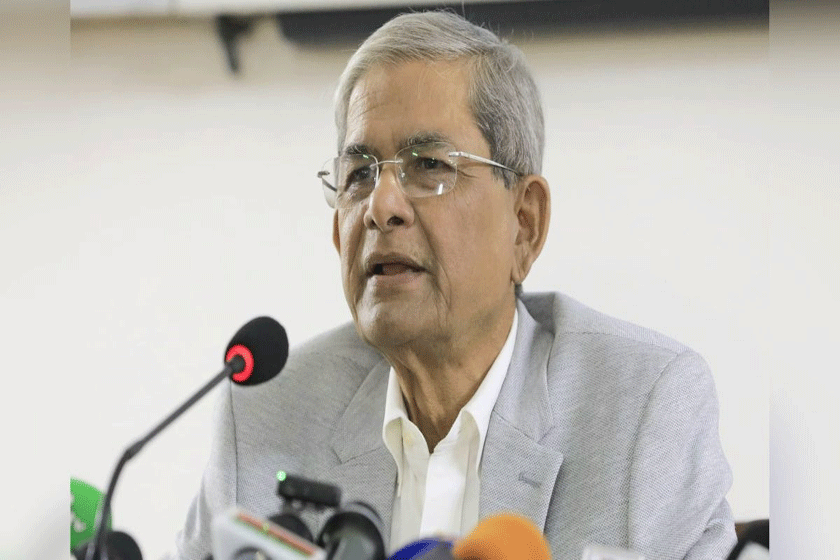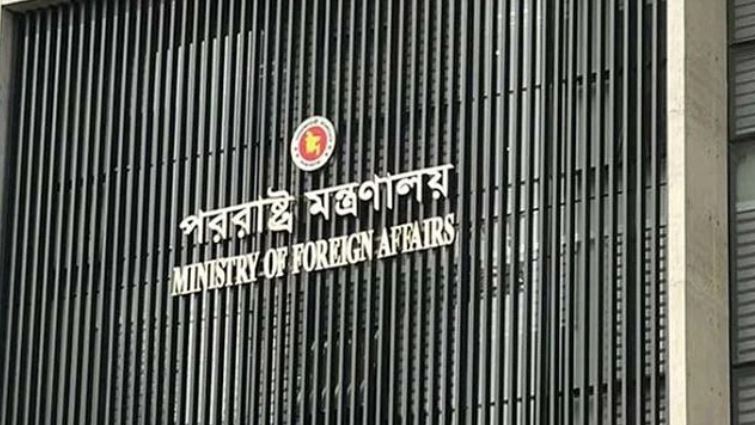
The hydraulic tests were performed in a three-level underground caisson test bench
Hydraulic tests on the nuclear reactor pressure vessel of unit 2 of the under-construction Rooppur Nuclear Power Plant has been completed.
Atommash – part of Atomenergomash, the engineering division of Russian state nuclear corporation Rosatom – carried out the tests.
The hydraulic tests were performed in a three-level underground caisson test bench. To install the reactor pressure vessel in the design position, a supporting ring was first installed on the test bench, and then a VVER-1200 reactor pressure vessel was placed on it.
The equipment was moved using an overhead crane with a lifting capacity of 600 tons.
The reactor pressure vessel with a height of 11 metres was lowered into the caisson with high precision and closed with a process cover, Rosatom said.
After creating a complete sealing, it was filled with distilled water, heated to 65 degrees, creating a maximum pressure of 24.5 MPa – 1.4 times higher than the working pressure and held for 10 minutes.
The hydraulic tests of the reactor pressure vessel of unit 2 of the Rooppur Nuclear Power Plant confirmed the tightness of the base metal and the weld joints of the reactor pressure vessel.
The Russian contractor said: "The reactor is a vertical cylindrical vessel with an elliptical bottom, inside which the core and internals are located."
The top of the reactor is hermetically sealed with a cover with drives of mechanisms and controls and protection of reactors installed on it and nozzles for outputting cables of sensors for the in-core monitoring.
The Rooppur Power Plant is being designed and built according to a Russian project. The design and construction of the facility are carried out by the engineering division of Rosatom.
The plant will consist of two power units with VVER-1200 reactors, the life cycle of which is 60 years with the possibility of extending the service life for another 20 years.












0 Comments